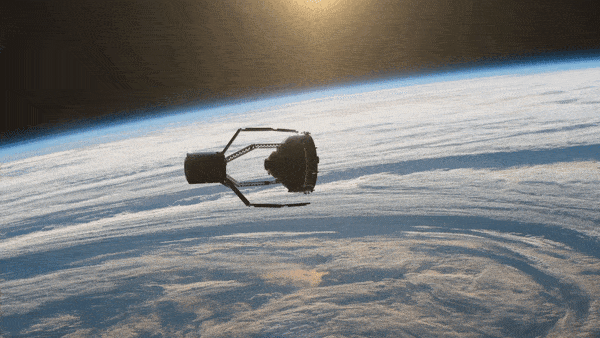ESA has flown a CubeSat with the agency's standardized "brain" that will be used on all future European space missions. On June 26, the OPS-SAT space lab went into Earth orbit with a computer running the European Ground System – Common Core (EGS-CC) software that will be common to all European space missions from 2025.
In the early days of the 1960s, each spacecraft, unless it was part of a series with a high failure rate, was essentially a one-off. This meant that space engineers were essentially reinventing the wheel in terms of not only the spacecraft itself, but also its avionics, computers, and the software to control it. This resulted in a lot of remarkable innovations, but the process was also slow, expensive, inflexible, and resulted in spacecraft that could only be controlled by one ground control system.
Since then, there's been much more of a push to create standard buses, standard components, and generally finding ways to assemble spacecraft with off-the-shelf parts. This led to cheaper, more flexible designs that can be developed in a more timely manner.
Based on years of development by ESA, European national space agencies, and space industries, the EGS-CC is being tested using a CubeSat about the size of a loaf of bread to avoid risking the new operational software on a proper space mission. During the recent test, the OPS-SAT received routine commands and sent back data to mission control at the ESOC Operations Centre in Darmstadt, Germany.

The new software will be used across the board on missions ranging from monitoring the Earth's environment to deep-space missions to running constellations of satellites dedicated to clearing space debris. The EGS-CC will not only handle conventional spacecraft, but also future designs that incorporate artificial intelligence.
The idea is not only to openly provide European operators with a common core software that can be easily tailored to specific spacecraft and missions, but also to allow for greater collaboration between the various agencies. In addition to to the craft themselves, this also applies to control systems, which means that a mission can be operated by different agencies, passing control from one to another as needed, resulting in a "European Network of Centers."
This will be particularly important for removing space debris, which will involve a number of spacecraft provided by different agencies that will need to work together under unpredictable conditions.
"At its heart, this new software marks an important step in bringing to life the space technologies of the future," says Rolf Densing, Head of ESA’s ESOC Operations Centre. "Close cooperation between space agencies and industry has made this possible, opening up opportunities for all space entities in Europe to fly exciting, innovative and important missions through space."
Source: ESA





